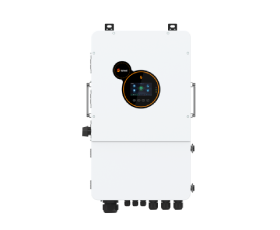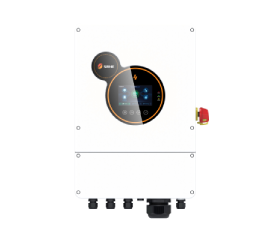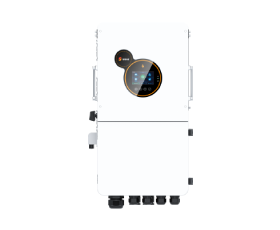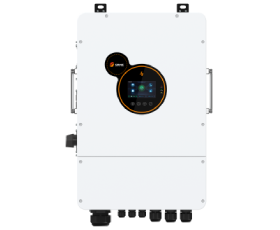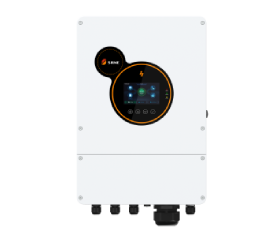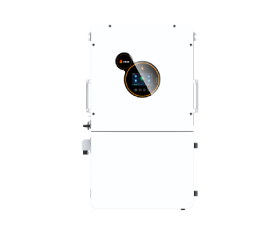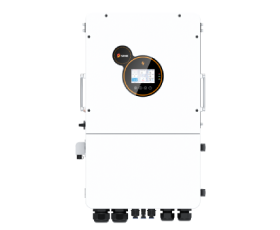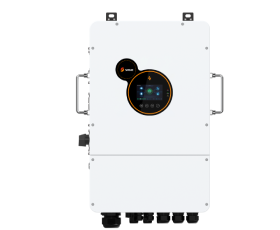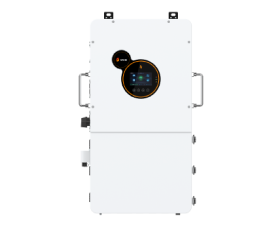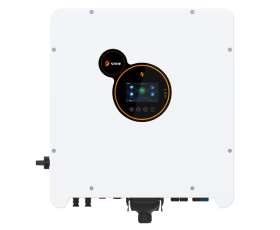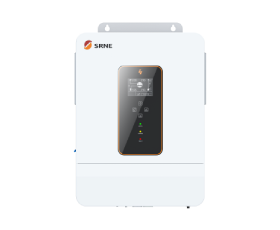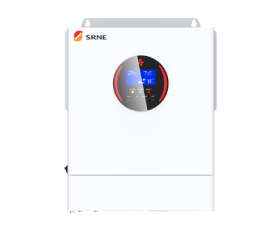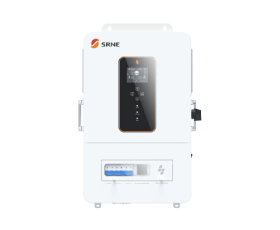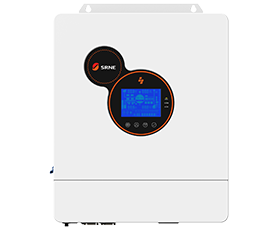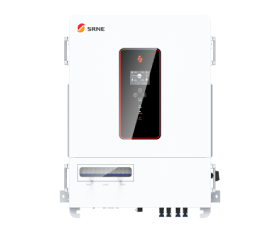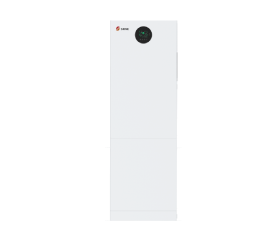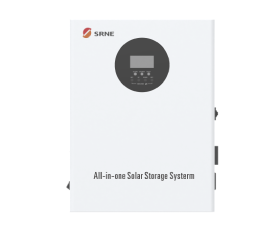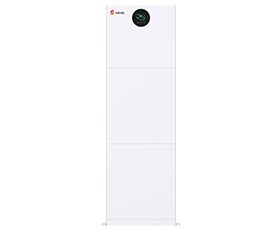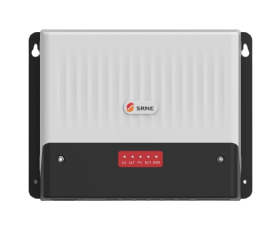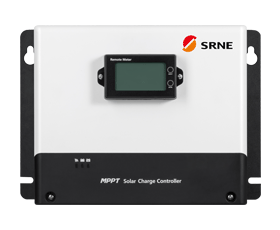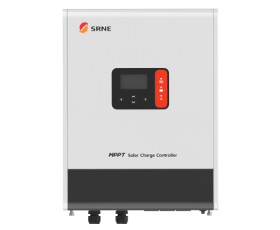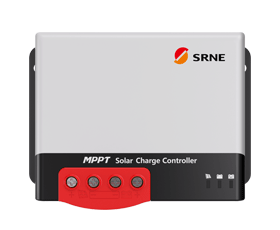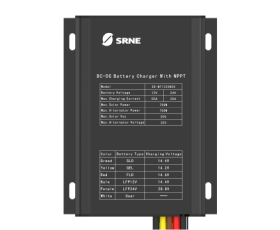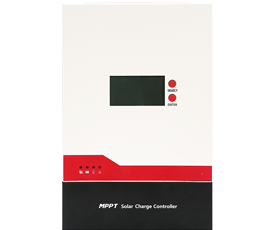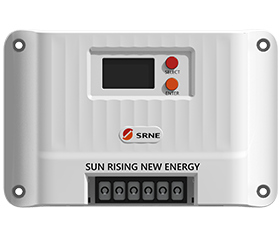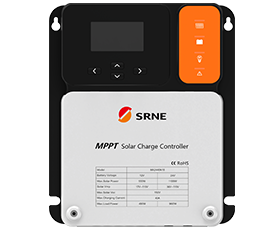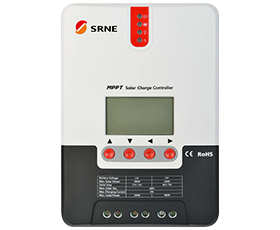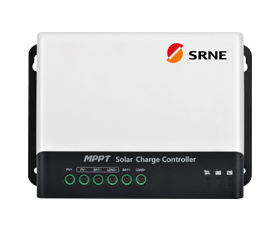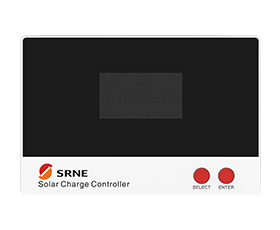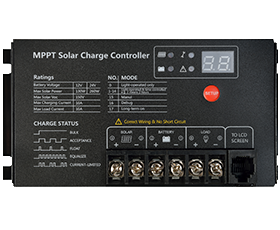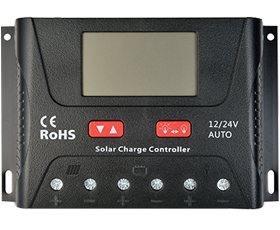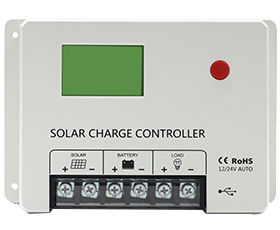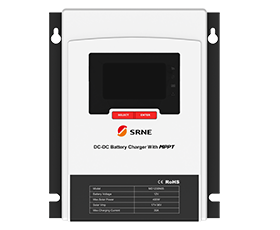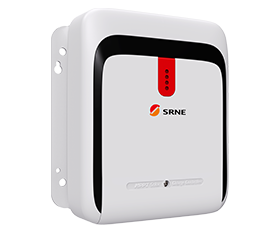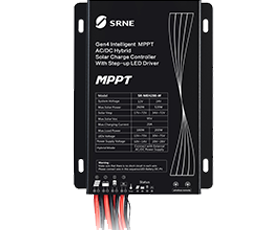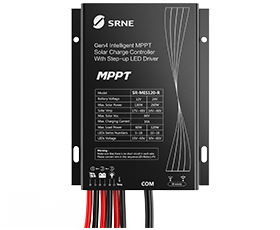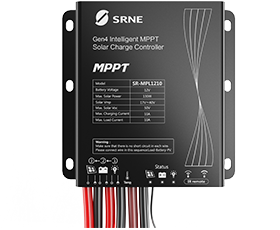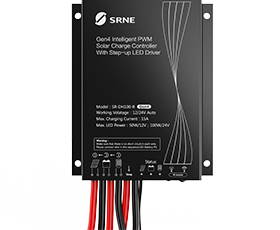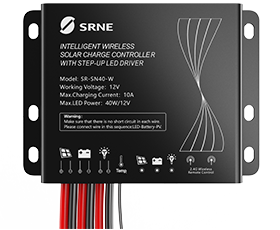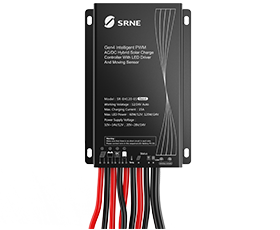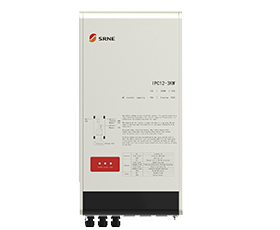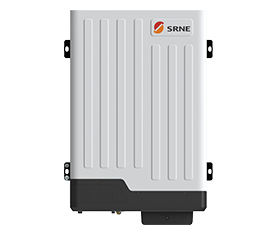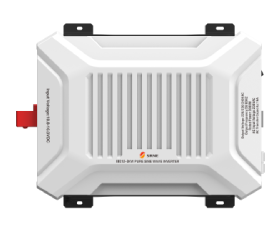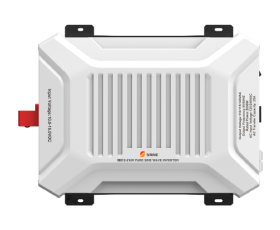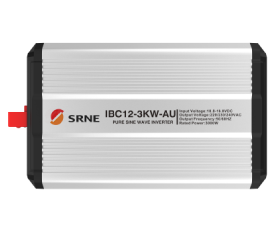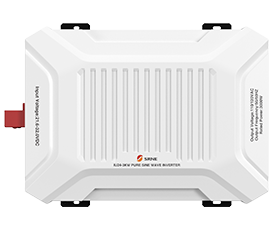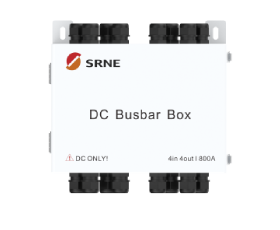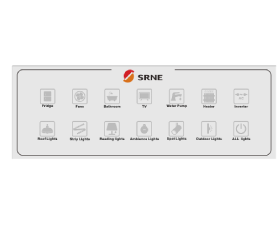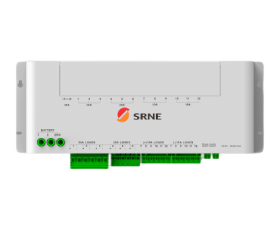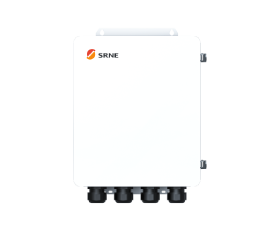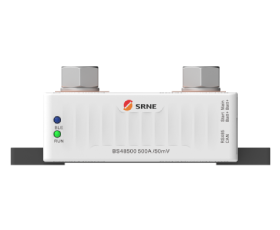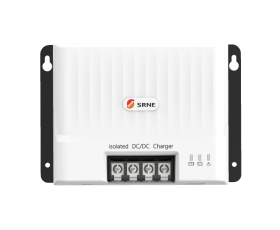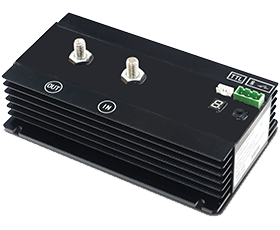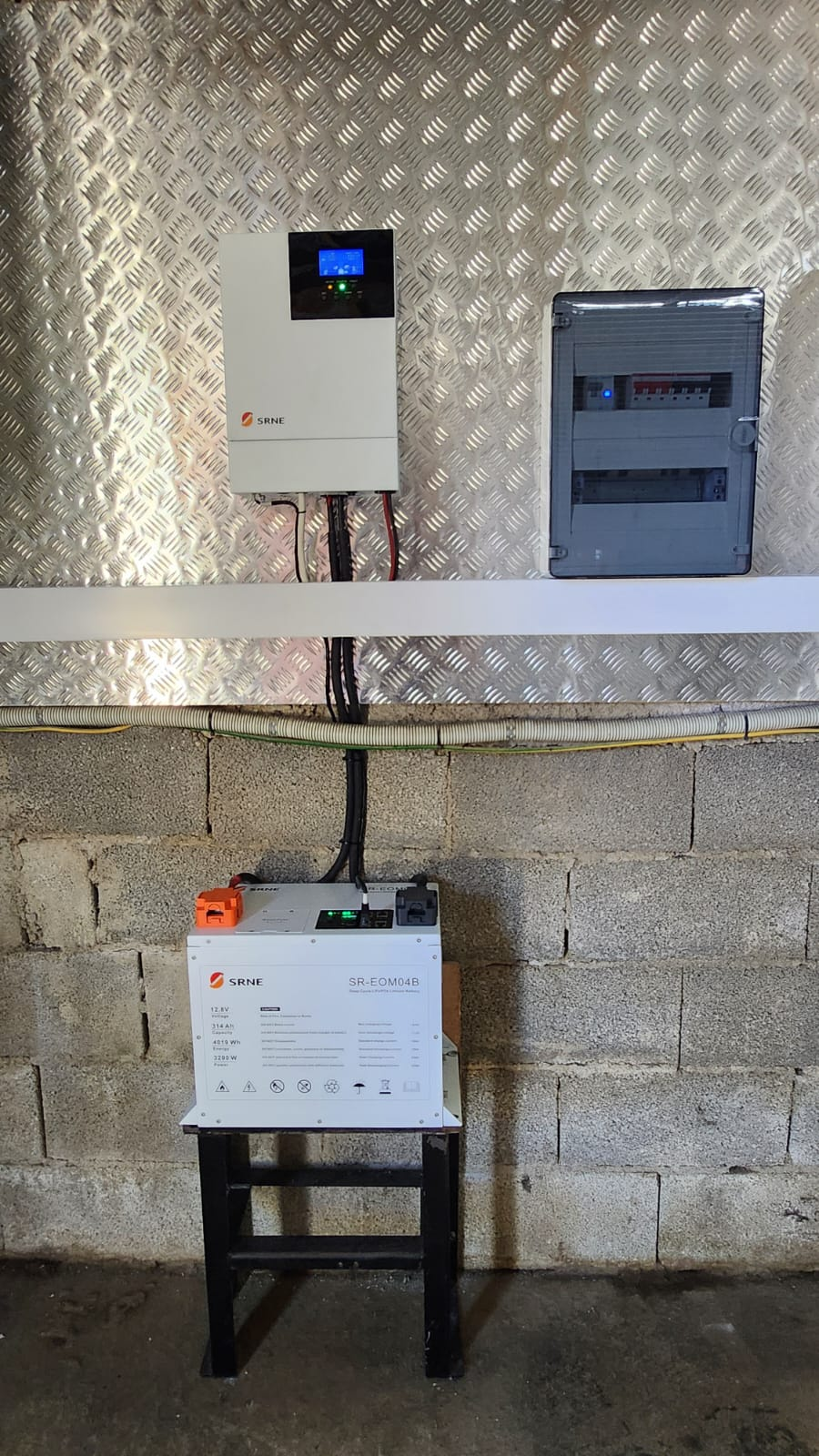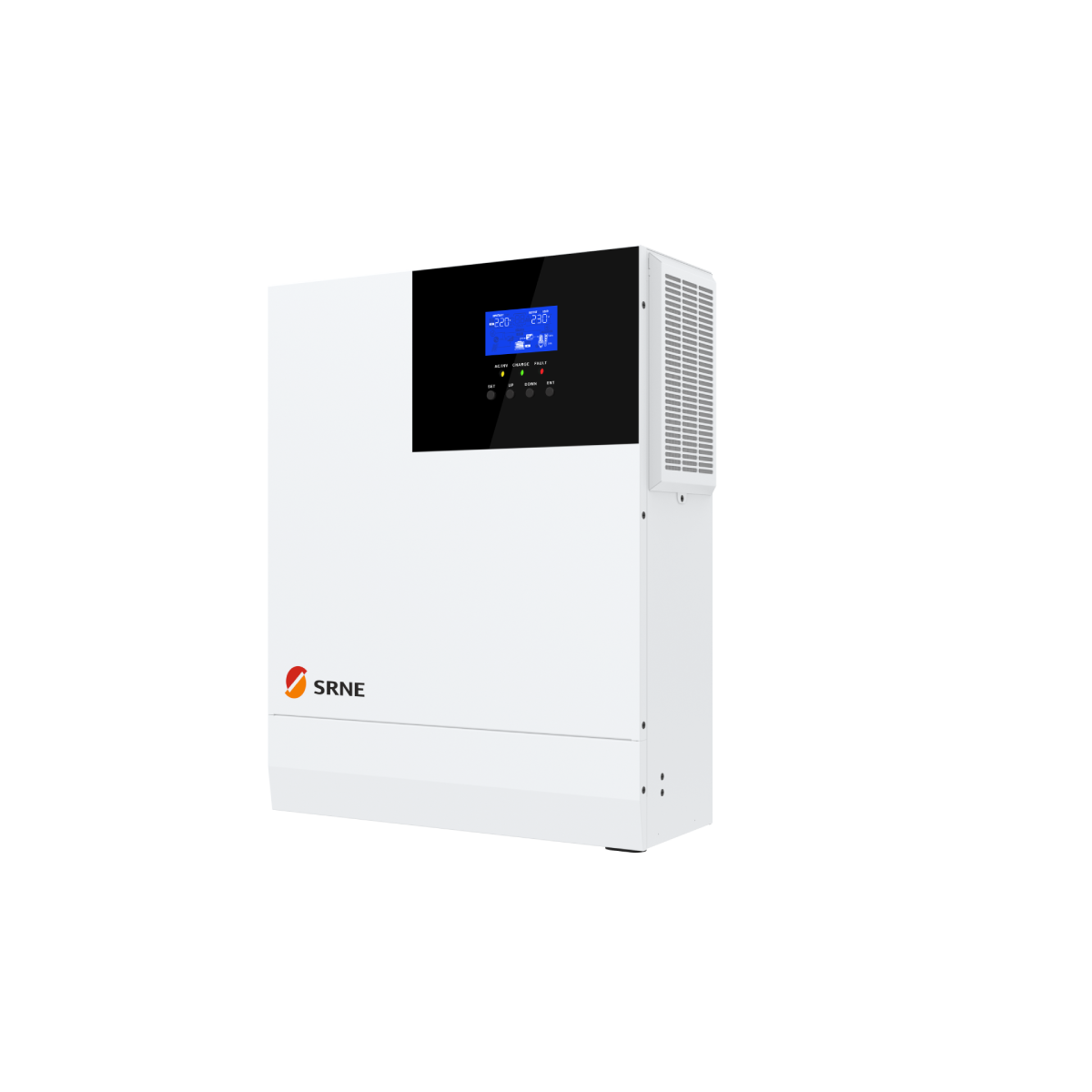Understanding and Preventing Overload in Off Grid Inverter Systems
This article will delve into the causes and manifestations of overload in off-grid inverter systems and provide five practical strategies to help users effectively avoid overload risks, enhancing system safety and operational reliability.
Discover the SRNE HF/HFP Series Off Grid Solar Inverters—powerful and reliable solutions ranging from 1 to 5KW, available in Single, Split, and Three Phase configurations with integrated 1 MPPT for optimal solar tracking. Engineered for off-grid independence, these inverters deliver stable, pure sine wave output and robust surge handling to protect your critical loads. Elevate your off-grid system’s performance and reliability with SRNE’s trusted technology. Explore the HF/HFP Series today!
1.What Is Off-Grid Inverter Systems Overload?
Overload in off-grid inverter systems occurs when the electrical demand exceeds the inverter’s rated capacity, causing the system to draw more power than it can safely handle. Unlike a short circuit, which is an immediate electrical fault, overload refers to a sustained period of excessive load. While overheating can result from overload, it is a separate issue specifically related to the rise in temperature. Common causes of overload in off-grid inverter systems include running too many appliances simultaneously, powering devices with high starting surge currents, or using an inverter that is undersized for the total connected load.
To learn more about selecting the right inverter for your off-grid setup and ensure optimal performance, check out our detailed guide
2.Common Off-Grid Inverter Systems Causes of Overload
Common Causes of Overload | Description |
Load Exceeding Inverter Capacity | The connected electrical load draws more power than the inverter’s rated capacity. |
Incorrect Circuit Design or Wiring | Faulty wiring or poor circuit design can cause overload conditions by improper current flow. |
High Startup Surge Devices | Equipment like motors or pumps that require a large power surge at startup can cause overload. |
Insufficient or Aging Battery Capacity | Weak or degraded batteries may struggle to supply enough power, increasing overload risk. |
Improper Inverter Settings or Configuration | Incorrect parameters or settings can prevent proper load management, leading to overload. |
3.How to Detect and Identify Overload in Off-Grid Inverter Systems
3.1 Built-In Indicators and Diagnostic Alerts
Modern off-grid solar inverters are typically equipped with integrated diagnostics designed to detect overload conditions at an early stage. These may include status LEDs, warning icons on LCD panels, and audible alerts that notify users of excessive demand. Rather than simply signaling a general fault, many newer models display specific details—such as peak power levels or the duration of the overload event—allowing users to take informed corrective action. Furthermore, inverters with advanced communication capabilities can transmit these alerts via mobile applications or cloud-based monitoring systems, enabling remote oversight and faster intervention.
3.2 Using Meters for Real-Time Load Analysis
In addition to built-in diagnostics, external measurement tools like clamp-on ammeters and smart energy meters are invaluable for continuous load monitoring. These devices offer real-time data on current draw and overall power consumption, making it easier to detect when the system is approaching or exceeding its rated capacity. They are especially useful for analyzing equipment with high inrush currents—such as compressors or pumps—which may not always trigger inverter alarms but can still contribute to sustained overload over time.
3.3 Recognizing Performance Irregularities
Beyond indicators and meters, overload can often be identified by observing the system’s behavior. Symptoms such as frequent inverter shutdowns, unexpected restarts, flickering lights, or sluggish appliance performance may suggest that the inverter is under excessive load. These issues typically arise when power demand consistently surpasses the system’s limits. If such signs occur repeatedly, it is important to review the total load, redistribute or reduce demand where possible, and consider upgrading the inverter or battery system to ensure stability.
3.4 Scheduled Inspections and Preventive Maintenance
Proactive maintenance is essential for long-term system reliability and effective overload prevention. Regular inspection of wiring connections, terminal integrity, and system grounding helps to identify hidden faults that could exacerbate load stress. Additionally, checking battery condition—including charge levels, age, and performance—and reviewing inverter settings ensures that the system operates within safe parameters. Environmental factors such as dust accumulation, heat, or humidity can also degrade inverter efficiency, so keeping the equipment clean, ventilated, and dry is equally important. Maintaining a structured service log ensures that inspections are consistent and potential overload risks are addressed before they lead to system failure.
Want to take your off-grid system performance even further? Learn how optimizing the synergy between your inverter and solar battery can dramatically boost efficiency and stability.
4.How to Prevent Overload in Off-Grid Solar Inverter Systems
Operating independently from the utility grid, off-grid power systems must be exceptionally resilient and carefully managed to avoid overloads. Unlike grid-tied systems that have external support to absorb temporary spikes, off-grid systems rely entirely on their internal components to meet both regular and peak demand. Preventing inverter overload is therefore not just about operational efficiency—it's a matter of system stability and longevity. The following five strategies offer a comprehensive approach to keeping your off-grid inverter system reliable and secure under varying load conditions.
4.1 Size the Inverter for Surge Tolerance and Sustainable Output
Proper inverter sizing is one of the most critical aspects of off-grid system design. It's not enough to match the inverter's rating with your average or expected daily load. Instead, the inverter must be capable of handling momentary surges—often two to four times the rated power—caused by devices such as compressors, water pumps, or induction motors during startup. To accommodate this, your solar inverter should have at least a 15–25% buffer above your peak load. In some applications, especially where multiple surge-prone devices operate simultaneously, a larger margin is advisable.
In addition to capacity, the type of output waveform matters greatly. Pure sine wave inverters are strongly recommended, as they offer cleaner power that's compatible with sensitive electronics and reduce heat generation in inductive loads. It's also important to verify that your solar inverter can sustain both surge and continuous output without degradation, especially when solar input is low or battery state-of-charge is compromised.
4.2 Prioritize Loads and Strategically Manage Energy Use
Energy management in off-grid systems requires deliberate planning and behavioral discipline. Since energy availability fluctuates with weather and usage patterns, it’s essential to categorize all electrical loads based on their criticality.
Generally, loads can be segmented into three tiers:
Tier 1 (Essential): Includes lighting, refrigeration, communications, and medical devices.
Tier 2 (Flexible): Covers items such as washing machines, water pumps, or entertainment systems, which can be shifted in schedule.
Tier 3 (Non-critical): Encompasses tools or devices used infrequently, such as decorative lighting or power-hungry workshop equipment.
To manage these loads effectively, incorporate automated controls like load-shedding relays, programmable logic controllers (PLCs), or smart inverters that can enforce power priorities dynamically. While automation can handle the mechanics of load control, training system users to recognize energy constraints and schedule usage accordingly is equally important. A human-aware system is far less likely to experience accidental overloads.
4.3 Deploy a Robust Multi-Layer Protection Architecture
In the absence of a utility safety net, off-grid solar inverter systems must be self-reliant in fault protection. This calls for a layered approach to safeguarding both equipment and users. On the DC side, install fuses or breakers between the battery bank and the inverter to prevent short-circuit damage. On the AC output side, use appropriately sized breakers that can handle both continuous and peak loads.
Beyond the basics, advanced protective components such as surge arrestors can shield sensitive electronics from voltage spikes caused by nearby lightning or generator fluctuations. Thermal cutoffs offer another layer of defense, automatically disconnecting circuits in the event of overheating. For remote or unattended sites, consider incorporating self-resetting protective devices or remotely controllable disconnects, which enhance resilience and reduce maintenance demands.
4.4 Monitor Load Dynamics in Real Time for Informed Decisions
Real-time visibility into energy flow is a cornerstone of overload prevention. Without it, operators are forced to guess when and why the system is nearing its limits. Fortunately, a range of modern monitoring tools—such as bi-directional meters, inverter-integrated analytics, and cloud-based dashboards—can provide valuable insights.
These tools allow users to track current and voltage levels, identify load trends over time, and receive alerts when energy consumption approaches defined thresholds. This enables proactive adjustments, such as rescheduling large loads or temporarily shedding non-essential appliances. Monitoring also helps refine long-term system planning by highlighting persistent patterns, such as seasonal variations in demand or battery underperformance.
4.5 Design for Redundancy and Capacity Buffers Across the System
Finally, resilience in off-grid systems comes not just from better control—but from smarter design. Redundancy and overcapacity provide a safety net against both predictable and unexpected events. At the inverter level, maintaining a buffer of 25–30% capacity avoids pushing the device to its operational edge, thereby extending its lifespan. Similarly, ensuring battery storage has additional headroom allows the system to absorb sudden spikes or sustain longer loads without voltage dropouts.
Solar arrays can also be intentionally oversized—by about 20%—to ensure rapid recovery after cloudy days and to maintain full charging during partial sunlight. For larger installations, consider a modular inverter configuration. By splitting the load across multiple smaller inverters, you gain the ability to isolate faults, perform maintenance without full shutdown, and scale the system more easily in the future.
Learn more:
https://www.srnesolar.com/articledetail/2025-top-10-off-grid-inverter-manufacturers.html
https://www.srnesolar.com/articledetail/is-off-grid-solar-inverter-worth-the-investment.html
Conclusion
In summary, overload protection in off-grid inverter systems is a multi-layered, multi-faceted engineering challenge that involves proper sizing, refined load management, comprehensive protective mechanisms, real-time monitoring, and capacity redundancy. Only by comprehensively addressing these factors during design and operation can off-grid systems remain robust and efficient amid the complex and ever-changing power demands.



